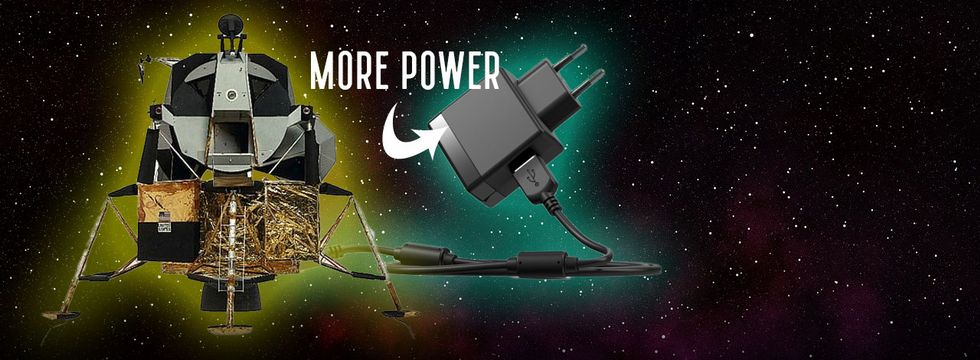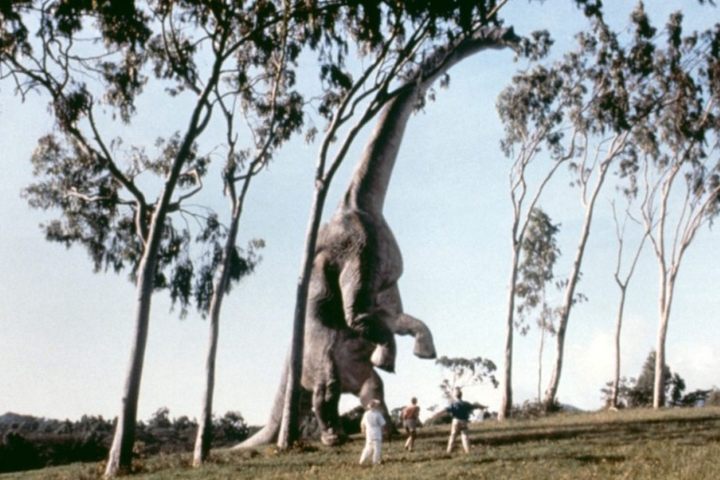Digital Jurassic Park. Historical, powerful computers weaker than laptop

- Most Powerful Computers in History of Mankind That Were Weaker Than Your Laptop
- Colossus project – glory of cryptography
- Deep Blue IBM – chess like no other
- Digital Jurassic Park
- The stuff Toy Story was made of
- To the Moon... with 4 KB of memory
Digital Jurassic Park

Steven Spielberg's Jurassic Park is undoubtedly a groundbreaking work. Thanks to the outstanding director, dinosaurs have become more real than ever, at the same time marking the end of stop-motion animation as the go-to special effect. The smooth animation of the ancient reptiles was dazzling in 1993 with its realism and attracted veritable crowds of people to cinemas, laying the foundations for one of the most popular franchises in the history of film.
The digital rendition of prehistoric animals was done by Industrial Light & Magic, with the use of Silicon Graphics computers such as IRIS Indigo machines and ONYX supercomputers. The former, depending on the model, were either based on an IP12 processor board containing a 32-bit MIPS R3000A microprocessor and memory slots supporting up to 96MB RAM, or an IP20 processor board containing a 64-bit MIPS R4000 (100 MHz) or R4400 (100-150 MHz) processor and support for up to 384 MB of RAM. ONYX supercomputers, in turn, offered models using from 2 to 24 RISC MIPS R4400 processors (up to 200 MHz) with the possibility of using up to 16 GB of RAM.
Interestingly, Jurassic Park is also one of the first films in which the computer control room was not a prop with screens displaying videos, but by an actual computer station displaying programs. In this case, Silicon Graphic machines were also used, including IRIS Indigo, IRIS 4D/440 and IRIS Crimson. Specialists from Light & Magic were solving any problems that arose during the shooting of scenes with computers on an ongoing basis.
And since Jurassic Park is considered a milestone of CGI, one wonders about the amount of screen time that these groundbreaking effects get in the movie. It's whopping 6 minutes. Not much for something that went down in history.